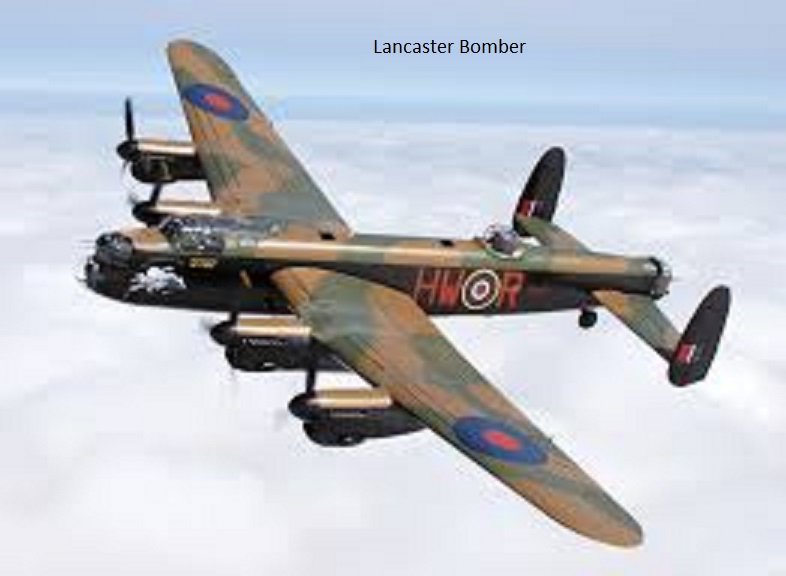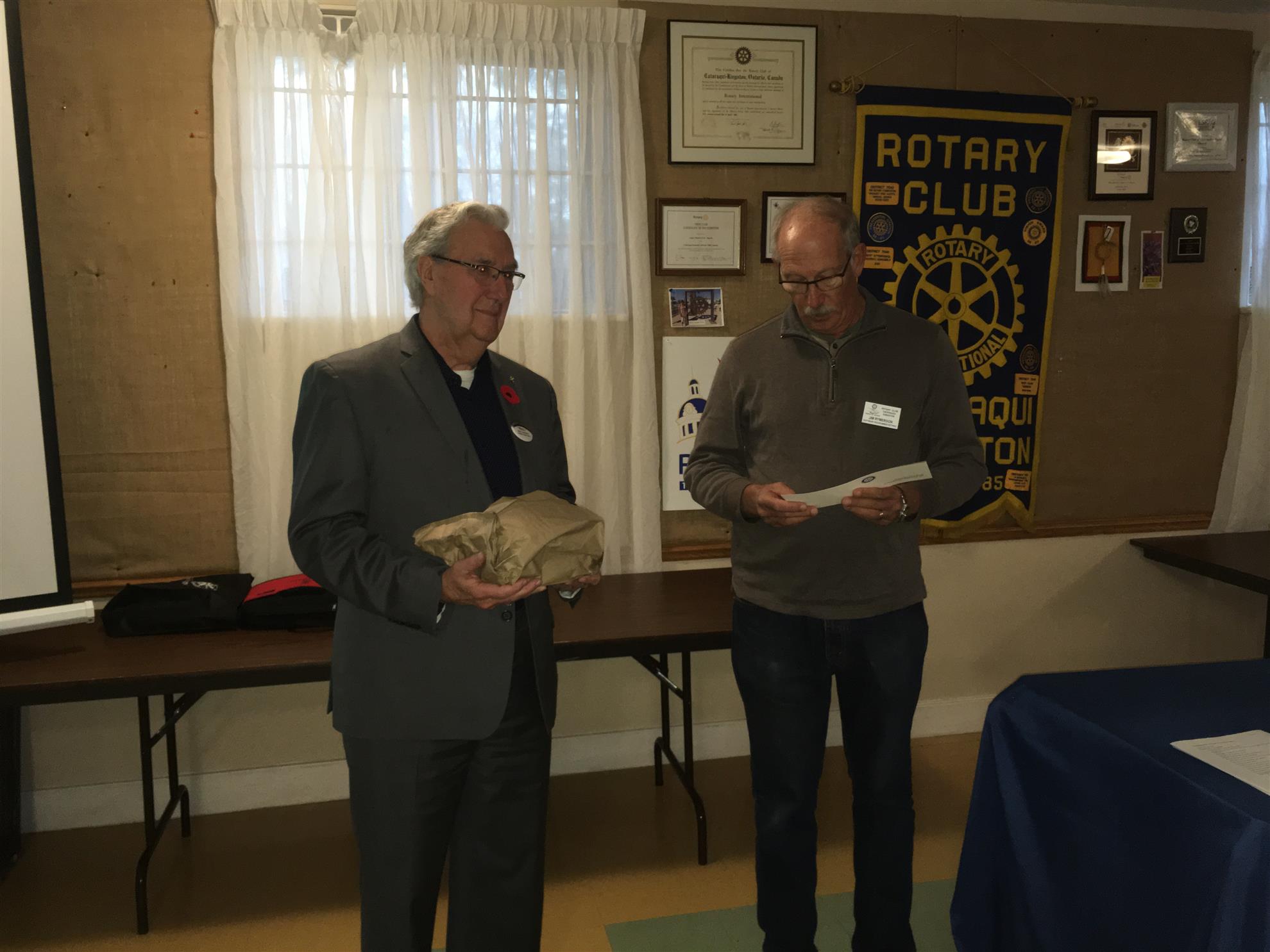John Farrow introduced our guest speaker Paul Van Nest, who is a keen student of history. His latest trip was to England to visit sites related to Bomber Command. Hearing about this is a natural fit as our Remembrance Day meeting.
The tour started on October 1st. This was Paul's fifth tour with leader Ted Barris, former CBC Radio personality. Many don’t know much about WW2 other than what they've seen war movies. One should also know about the tremendous loss of civilians as well as military.
For Bomber Command the losses were appalling. Over 55 thousand died, which was 44% of those involved as Bomber Command Airmen. Also, 8,500 were wounded. Paul showed us sobering statistics about killed and wounded and captured as prisoners, which equalled 60% casualties. You have to go back to the American Civil War to see these kind of casualty statistics Bomber Command was a group name that included Britain (RAF), Canada (RCAF), Australia, New Zealand and South African troops. One in five of dead were Canadians.
Paul told us about the aircraft used for speed and bomb capacity. Crew on each aircraft was 7 and he showed us photos of aircraft and crew. Paul talked to a survivor who was tail gunner. This man talked about his experience and said that your crew were your friends. Outside of that they didn’t know if they would ever see them again. The man had a unshakable belief in his pilot.
More photos showed us where the crew were located in aircraft, both Halifax and Lancaster.
Yorkshire, Lincolnshire both had a large number of airfields because they were a long way away from action in France and London. Only a few German bombers flew into that region.
By August 1940, Fighter Command was almost on its knees. To relieve the pressure, the British sent 81 bombers to Berlin, and that was followed by Germany retaliating by bombing London. By 15th September bombing of London escalated, including night attacks.
These were all parts of the famous Battle of Britain.
By 1942, Arthur Harris (aka Butcher Harris or Bomber Harris, depending on your point of view), was appointed as commander in chief of Bomber Command and they went on the offensive. Civilians really suffered in England and Germany from the bombing campaigns - the English bombing campaign was very controversial, and not commemorated in England until 2012.
Paul, with the group, toured airfields and museums, where they could still see things like control towers. He was in one that was set up as a museum as it was during the war. Also, as part of the museum, you could see taxiways, bombs and Lancaster aircraft. Paul explained the difference between a Lancaster and a Halifax. There are no Halifax aircraft left flying, and only a couple of Lancasters.


Paul showed photos of aircraft interiors showing where the crew had to be for 8 – 10 hours in minus 40 degree weather. Planes were vulnerable from rear and underneath, hence the need for a tail gunner. He described a bit of what a tail gunner had to endure, and told us some couldn’t bail out fast enough because of where they were in the aircraft. Soldier ingenuity helped save some airmen from poor aircraft design quirks.
Paul also spoke about a family member who was involved and was killed on a bombing mission. He showed us photographs of his cousin and recalled with sadness the last time they were together Paul met with another family member and he now has letters home from from his cousin. This will be the start of some serious research for Paul. He spoke about what it was like to see memorabilia and news items. Paul saw his cousin's grave marker in Germany several years ago. He finds these memories to be intense. He found a cousin in remembrance books in England.
Following the presentation, a minute of silence was observed.
Jim Rymerson thanked Paul with the traditional loaf of bread.


